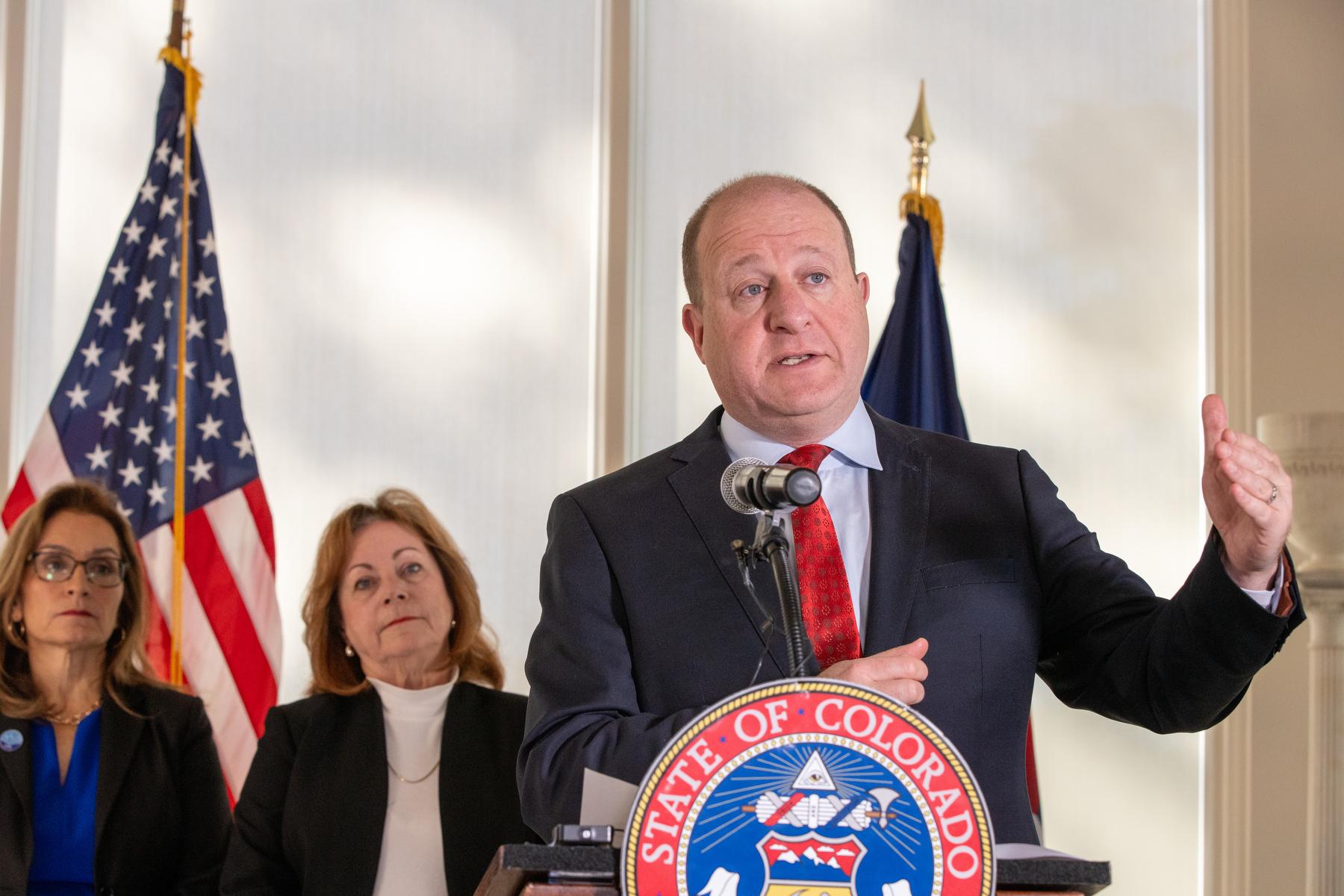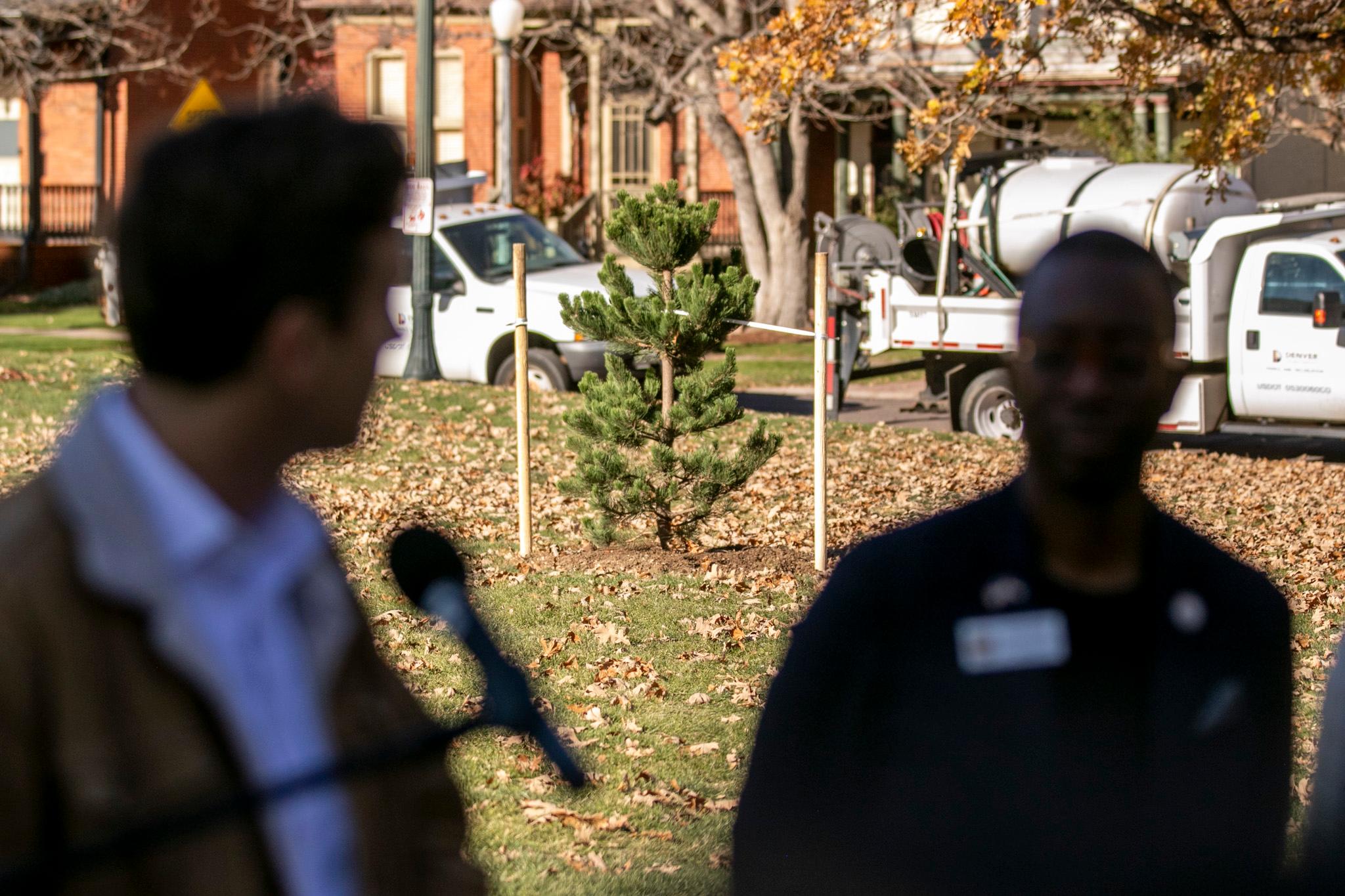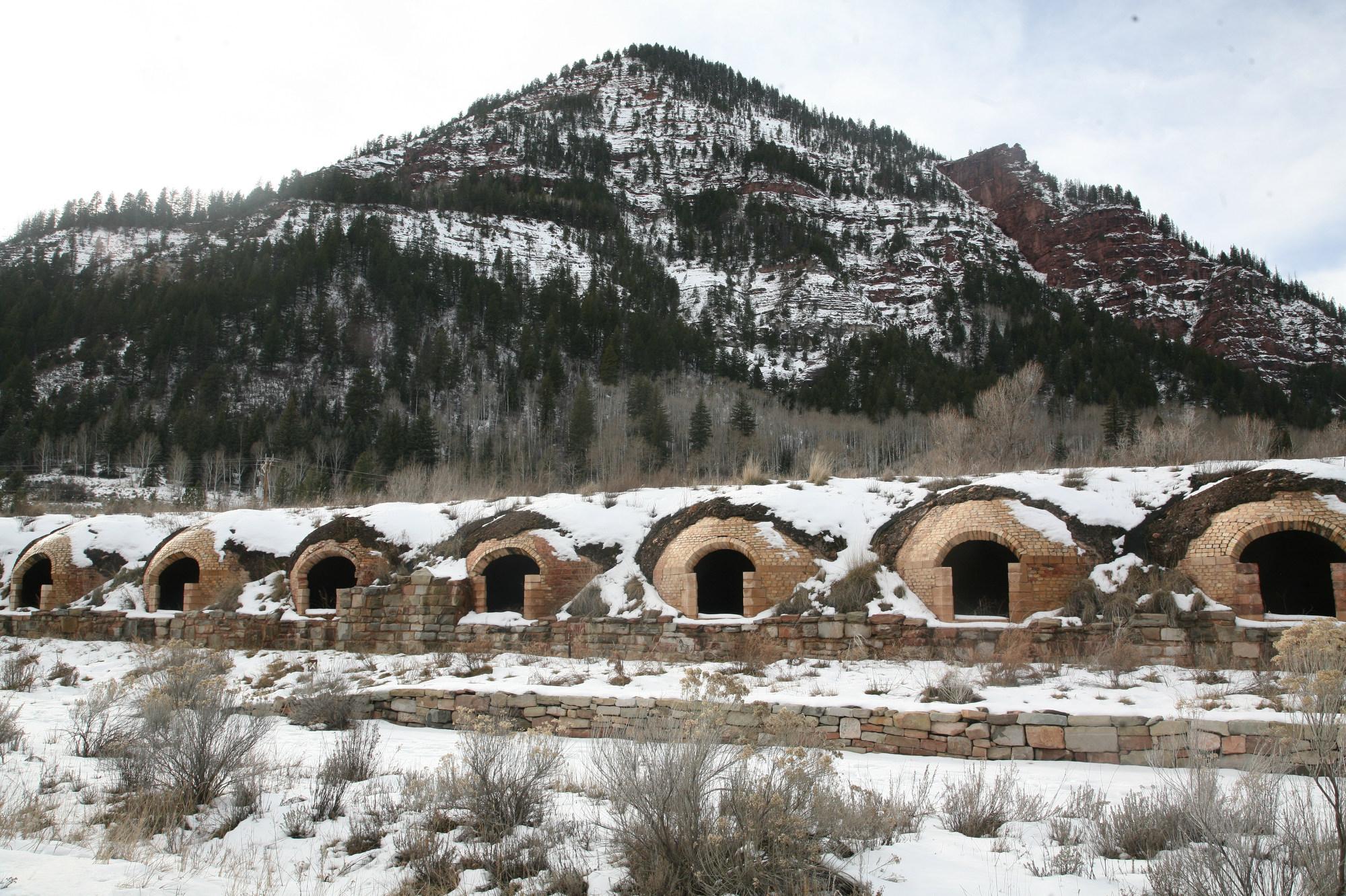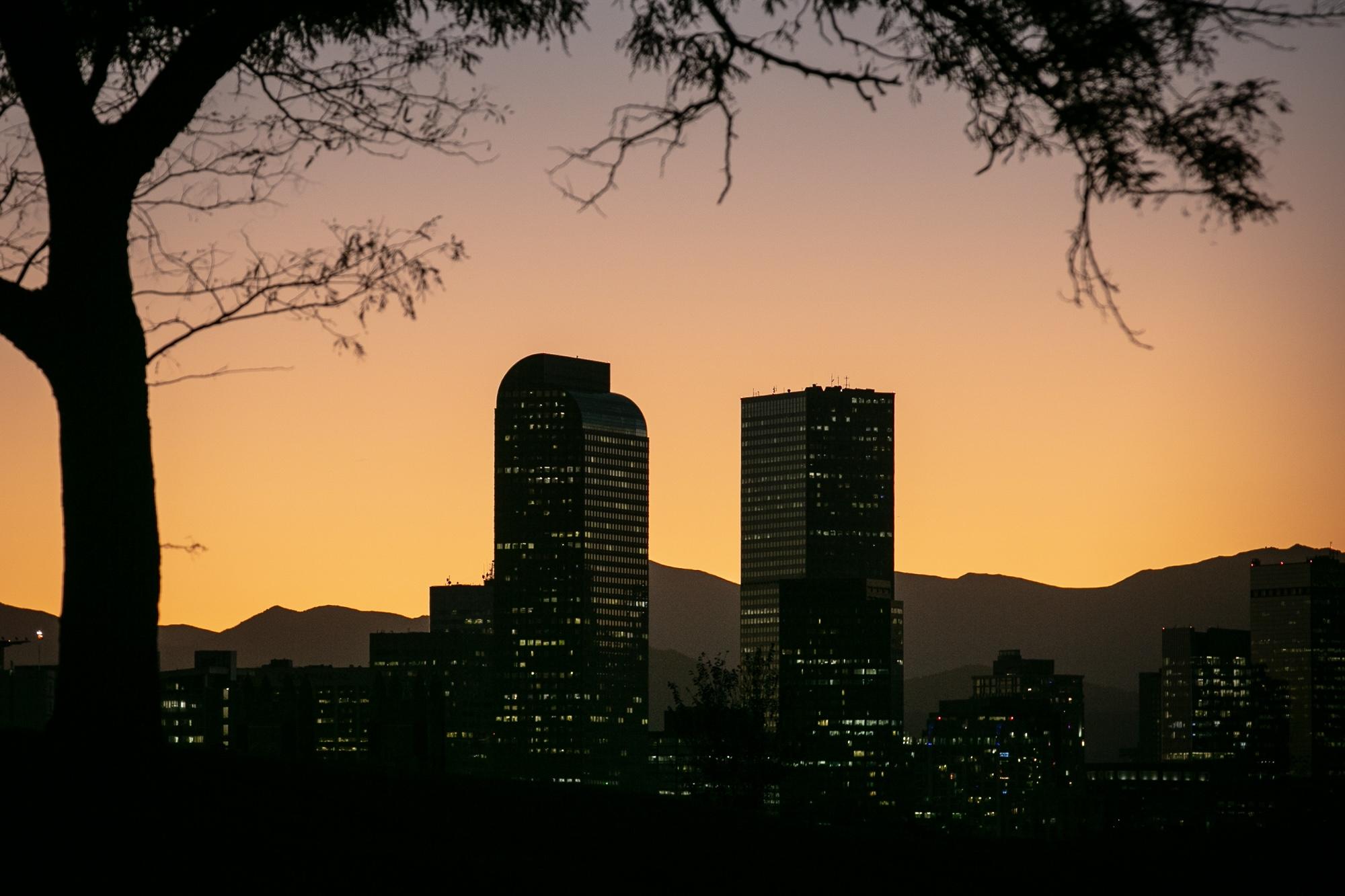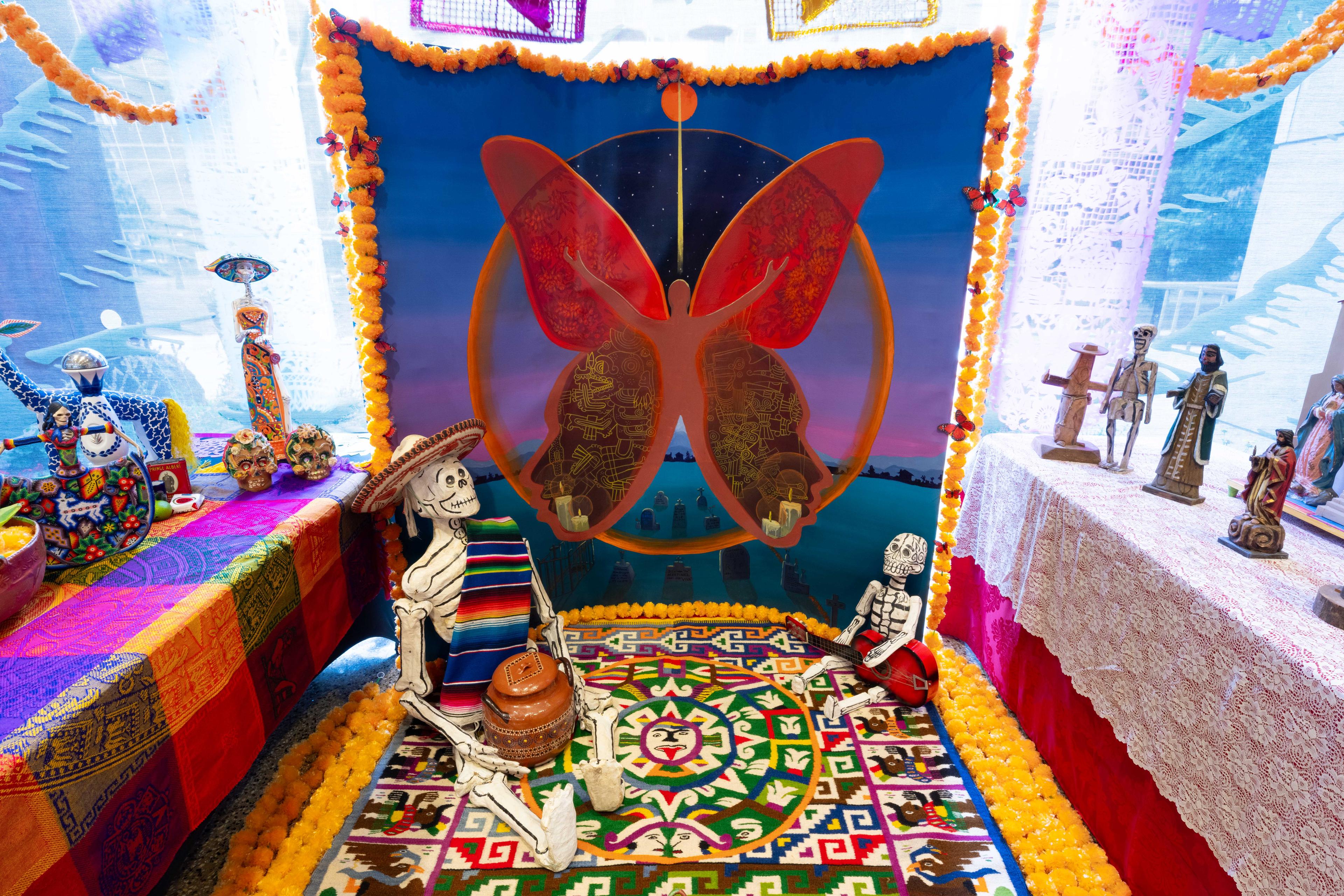
Cultural institutions across Colorado plan to help people mark this year’s Día de los Muertos holiday with public altars and traditional festivals.
Día de los Muertos, or Day of the Dead, is a holiday remembering loved ones who have passed away. Much of South and Central America, Mexico and large swaths of the southwestern United States typically celebrate the annual holiday on the first and second day of November. The celebration was originally an Aztec tradition that honored the goddess Mictecacihuatl, who they believed watched over the dead.
“We encourage anyone from any background to utilize [Día de los Muertos] as an opportunity to remember a loved one. We believe that it has been very healing for a lot of folks in our community,” Diane Archuleta, director of El Pueblo History Museum, said.
Many Indigenous communities in Mexico say their deceased ancestors prefer to be celebrated rather than mourned. Centuries ago, those who celebrated honored that wish with a festival each year. Once Spanish colonists arrived and wiped out the Aztec people during the early 16th century, the holiday blended with the Catholic All Saints and All Souls’ Day when the Spanish would visit the gravesites of their loved ones. This led to the modern interpretation of the holiday we know today.
Archuleta and other museum leaders are participating in a statewide effort by History Colorado to engage people with community altars. Archuleta said they saw an influx of participation following the pandemic when many people lost family members to COVID-19.
“We offer space for you to come in and write letters to your deceased loved ones. Grieving we all know is a very personal process, however, this is very communal,” said Archuleta.
A list of Colorado museums hosting community altars
- History Colorado Center in Denver, open until Nov. 7
- El Pueblo History Museum in Pueblo, open until Nov. 2
- Center for Colorado Women’s History in Denver, open until Nov. 3
- Trinidad History Museum in Trinidad, open from Oct. 21 – Nov. 2
- Fort Garland Museum & Cultural Center in Fort Garland, open until Nov. 2
Altars across the museums are open to anyone who would like to add a photo of their deceased loved ones ahead of the holiday. Participants are also invited to leave ofrendas – or offerings – to celebrate the things their family members enjoyed most in life. People often place tobacco, candy, clay versions of the deceased’s favorite food and other sentimental objects alongside their photos.
Altars are usually decorated with candles and marigolds. Traditionally, folks believe that the flower’s bright orange color and strong scent help guide the spirits of the dead to their family homes so they can take part in the celebrations.
Artist Diego Uriel Florez-Arroyo, who created the altar in the History Colorado Center lobby alongside Emanuel Martinez, said the nuance of the tradition is important to keep in mind when deciding where to honor the dead.
“Traditions and rituals, they evolve, and I think if you do something with the goodness of your heart, you can't do something wrong,” he said. “I just want to be careful with people bringing their good intentions to the museum and then their ancestors finding themselves spending a night there.”
Another deeply held belief surrounding the holiday is tied to the annual migration of monarch butterflies. Many believe that the release of the insects from their cocoons signifies loved ones coming back to join Día de los Muertos celebrations. A butterfly mural on the altar by Florez-Arroyo and Martinez nods to that symbolism.
“Inside of the wings we see marigolds, below that are candles. In the background and foreground we see a cemetery with old names from the [San Luis] Valley and Northern New Mexico that are region-specific,” Florez-Arroyo said.
One side of the altar represents the European interpretation of the holiday, while the other focuses on the Indigenous interpretation, demonstrating the origins of the tradition and rituals associated with Día de los Muertos.
There are many events in the coming weeks where Coloradoans can celebrate the holiday including festivals, performances, and crafting projects. Archuleta with El Pueblo Museum says no matter how you choose to honor the dead, the goal of the altars is to bring the community together.
Other free Día de los Muertos events
- Día de Muertos Festival in Breckinridge on Oct. 19, 5:30 p.m. - 7 p.m.
- Día de los Muertos at Civic Center in Denver on Oct. 26, 11 a.m. - 7 p.m.
- Día De Los Muertos Community Exhibition Reception in Boulder on Oct. 27, 3 p.m. - 5 p.m.
- Día de los Muertos Celebration in Colorado Springs on Nov. 1 and 2, 4 p.m. - 8 p.m.
- Latino Chamber 1st Annual Día De Los Muertos Costume Parade in Pueblo on Nov. 2, 10 a.m. - 1 p.m.
- 4th Annual Día de Muertos Community Celebration in Fort Collins on Nov. 2, 10 a.m. - 6 p.m.

